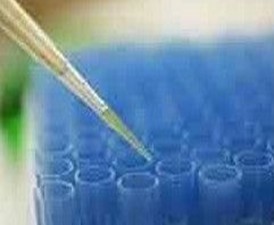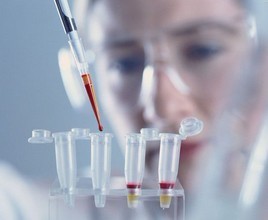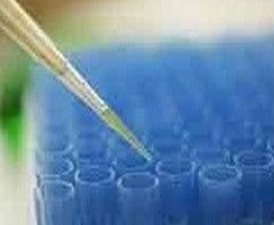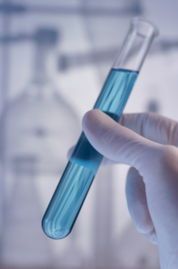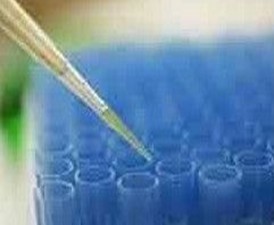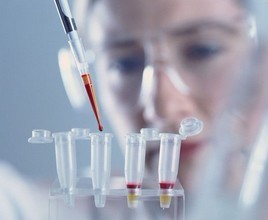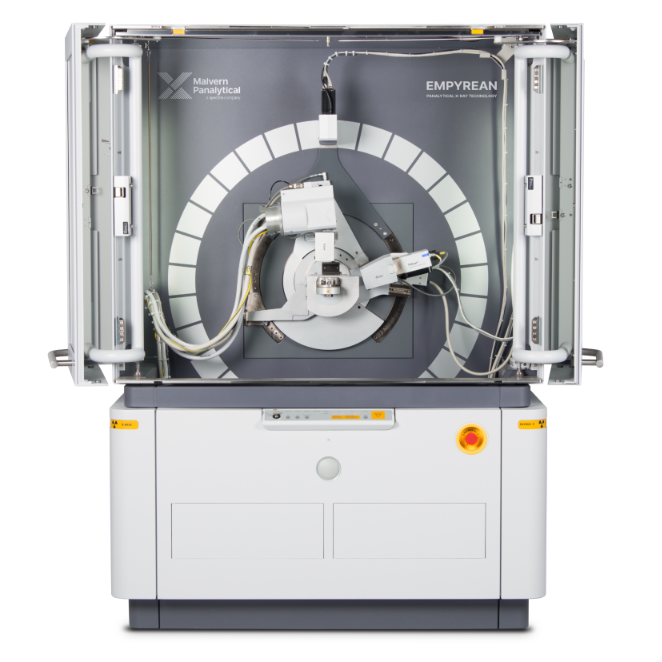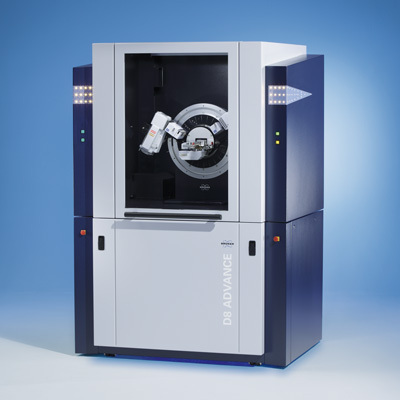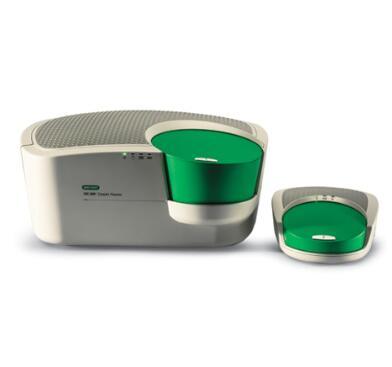我公司是国内最权威的抗体代理商,半胱天冬酶-3酶原抗体价格优惠,半胱天冬酶-3酶原抗体质量保证,欢迎来电订购或咨询在线客服!
英文名称 Anti-pro-caspase-3
中文名称 半胱天冬酶-3酶原抗体
别 名 APOPAIN; CASP3; Caspase 3 apoptosis related cysteine protease; Caspase3; CPP32; CPP32B; Cysteine protease CPP32; Human cysteine protease CPP32 isoform alpha mRNA complete cds; PARP cleavage protease; SCA 1; SCA1; SREBP cleavage activity 1; Yama; CASP3_HUMAN; Caspase-3; CASP-3; Apopain; Protein Yama; SREBP cleavage activity 1; SCA-1.
浓 度 1mg/1ml
规 格 0.1ml/100μg 0.2ml/200μg
抗体来源 Rabbit
克隆类型 polyclonal
交叉反应 Human, Mouse, Rat, Dog, Rabbit
产品类型 一抗
研究领域 细胞生物 神经生物学 信号转导 细胞凋亡
蛋白分子量 predicted molecular weight: 28kDa
性 状 Lyophilized or Liquid
半胱天冬酶-3酶原抗体随着国内抗体行业的崛起,我国自主品牌的抗体,都蛮多了,质量也不错,技术在逐渐成熟,价格也比国外的廉价的多,受到国内顾客的热捧,我们公司为了方便客户,特推出阴离子转运蛋白-1抗体规格15ug、30ug、50ug、100ug,15ug和30ug等,我们全国包邮,大中城市免费快递。抗体分子是生物学和医学领域用途最为广泛的蛋白分子。抗体作为疾病预防、诊断和治疗的制剂已有上百年的发展历史。随着生命科学研究的迅猛发展,抗体工程在生物技术领域越来越占有非常重要的地位。我公司可为您提供快速的、高质量的和经济的多克隆抗体制备服务,并将成为您在科研及生产中的得力助手。
免 疫 原 KLH conjugated synthetic peptide derived from human Caspase 3 precursor N-terminus
亚 型 IgG
纯化方法 affinity purified by Protein A
储 存 液 0.01M PBS, pH 7.4 with 10 mg/ml BSA and 0.1% Sodium azide
产品应用 WB=1:100-500 ELISA=1:500-1000 IP=1:20-100 IHC-P=1:100-500 IHC-F=1:100-500 IF=1:100-500
(石蜡切片需做抗原修复)
not yet tested in other applications.
optimal dilutions/concentrations should be determined by the end user.
保存条件 Store at -20 °C for one year. Avoid repeated freeze/thaw cycles. The lyophilized antibody is stable at room temperature for at least one month and for greater than a year when kept at -20°C. When reconstituted in sterile pH 7.4 0.01M PBS or diluent of antibody the antibody is stable for at least two weeks at 2-4 °C.
Important Note This product as supplied is intended for research use only, not for use in human, therapeutic or diagnostic applications.
产品介绍 Caspases are a family of cysteine proteases that are key mediators of programmed cell death or apoptosis. The precursor form of all caspases is composed of a prodomain, and large and small catalytic subunits. The active forms of caspases are generated by several stimuli including ligand-receptor interactions, growth factor deprivation and inhibitors of cellular functions. All known caspases require cleavage adjacent to aspartates to liberate one large and one small subunit, which associate into a2b2 tetramer to form the active enzyme. Gene for Caspase 3 also known as Yama, CPP32, and apopain codes for a 32-kDa protein. Caspase 3 cleaves the death substrate poly(ADP-ribose) polymerase (PARP) to a specific 85 kDa form observed during apoptosis and is inhibitable by the CrmA protein. Other Caspase 3 substrates include DNA-PK, actin, GAS2, and procaspase-6, etc. Caspase 3 is activated by cleavage events at Asp-28/Ser-29 (between N-terminal pro-domain) and Asp-175/Ser-176 (between large and small subunits) to generate a large subunit of 17-kDa and a small subunit of 12-kDa.
Function : Involved in the activation cascade of caspases responsible for apoptosis execution. At the onset of apoptosis it proteolytically cleaves poly(ADP-ribose) polymerase (PARP) at a '216-Asp-|-Gly-217' bond. Cleaves and activates sterol regulatory element binding proteins (SREBPs) between the basic helix-loop-helix leucine zipper domain and the membrane attachment domain. Cleaves and activates caspase-6, -7 and -9. Involved in the cleavage of huntingtin. Triggers cell adhesion in sympathetic neurons through RET cleavage.
Subunit : Heterotetramer that consists of two anti-parallel arranged heterodimers, each one formed by a 17 kDa (p17) and a 12 kDa (p12) subunit. Interacts with BIRC6/bruce.
Subcellular Location : Cytoplasm.
Tissue Specificity : Highly expressed in lung, spleen, heart, liver and kidney. Moderate levels in brain and skeletal muscle, and low in testis. Also found in many cell lines, highest expression in cells of the immune system.
Post-translational modifications : Cleavage by granzyme B, caspase-6, caspase-8 and caspase-10 generates the two active subunits. Additional processing of the propeptides is likely due to the autocatalytic activity of the activated protease. Active heterodimers between the small subunit of caspase-7 protease and the large subunit of caspase-3 also occur and vice versa.
S-nitrosylated on its catalytic site cysteine in unstimulated human cell lines and denitrosylated upon activation of the Fas apoptotic pathway, associated with an increase in intracellular caspase activity. Fas therefore activates caspase-3 not only by inducing the cleavage of the caspase zymogen to its active subunits, but also by stimulating the denitrosylation of its active site thiol.
半胱天冬酶-3酶原抗体Similarity : Belongs to the peptidase C14A family.
Database links : UniProtKB/Swiss-Prot: P42574.2
![]()



